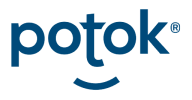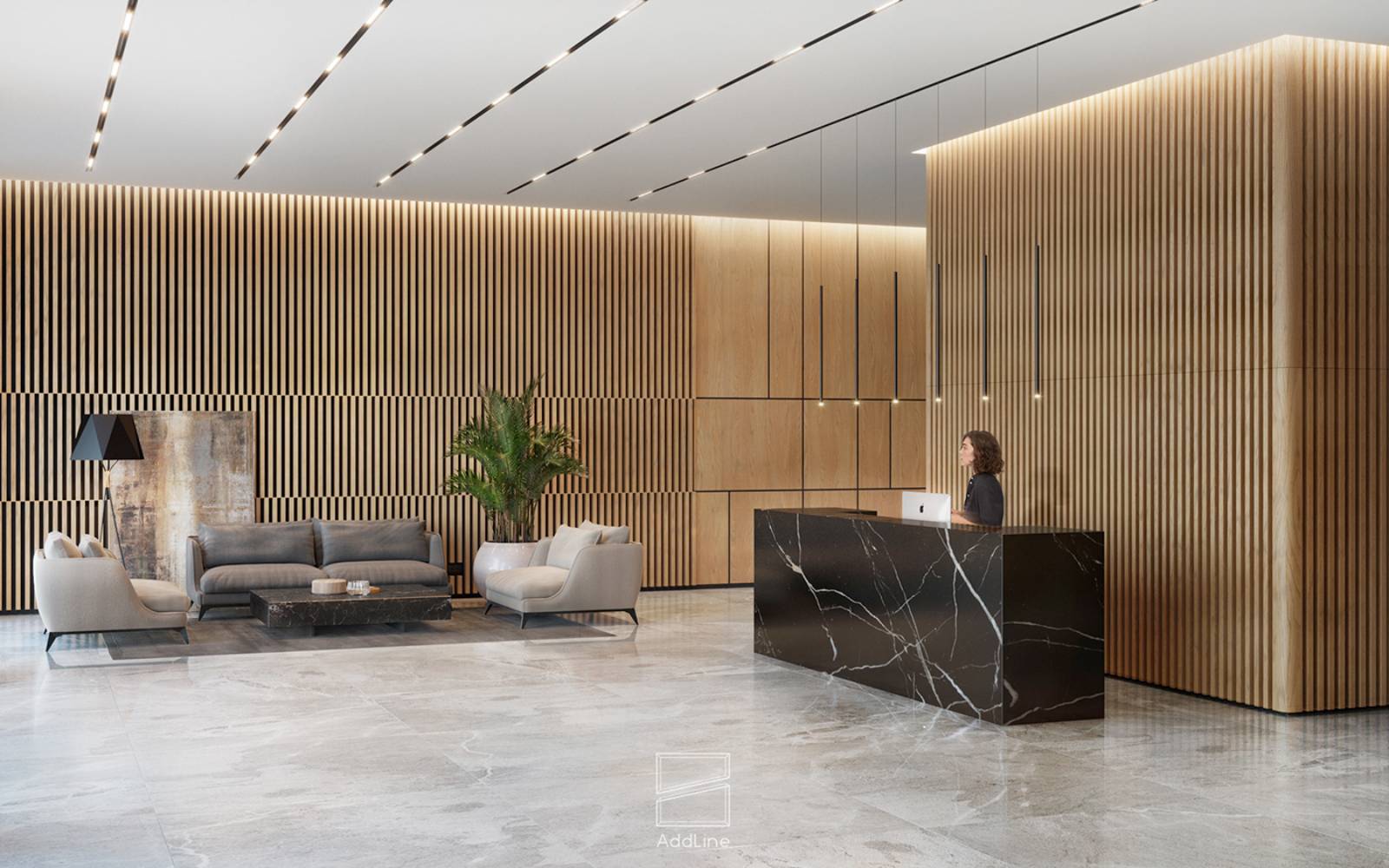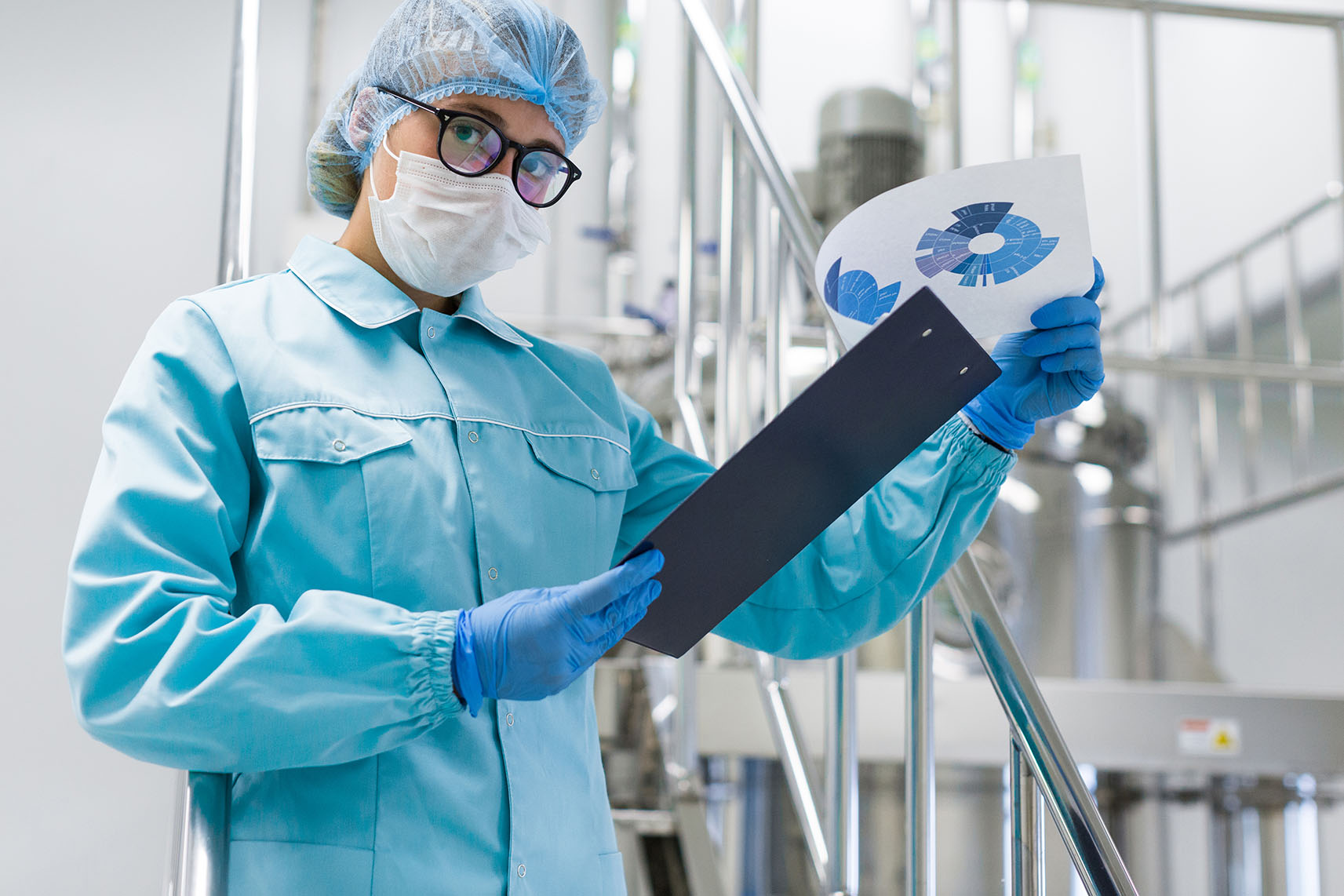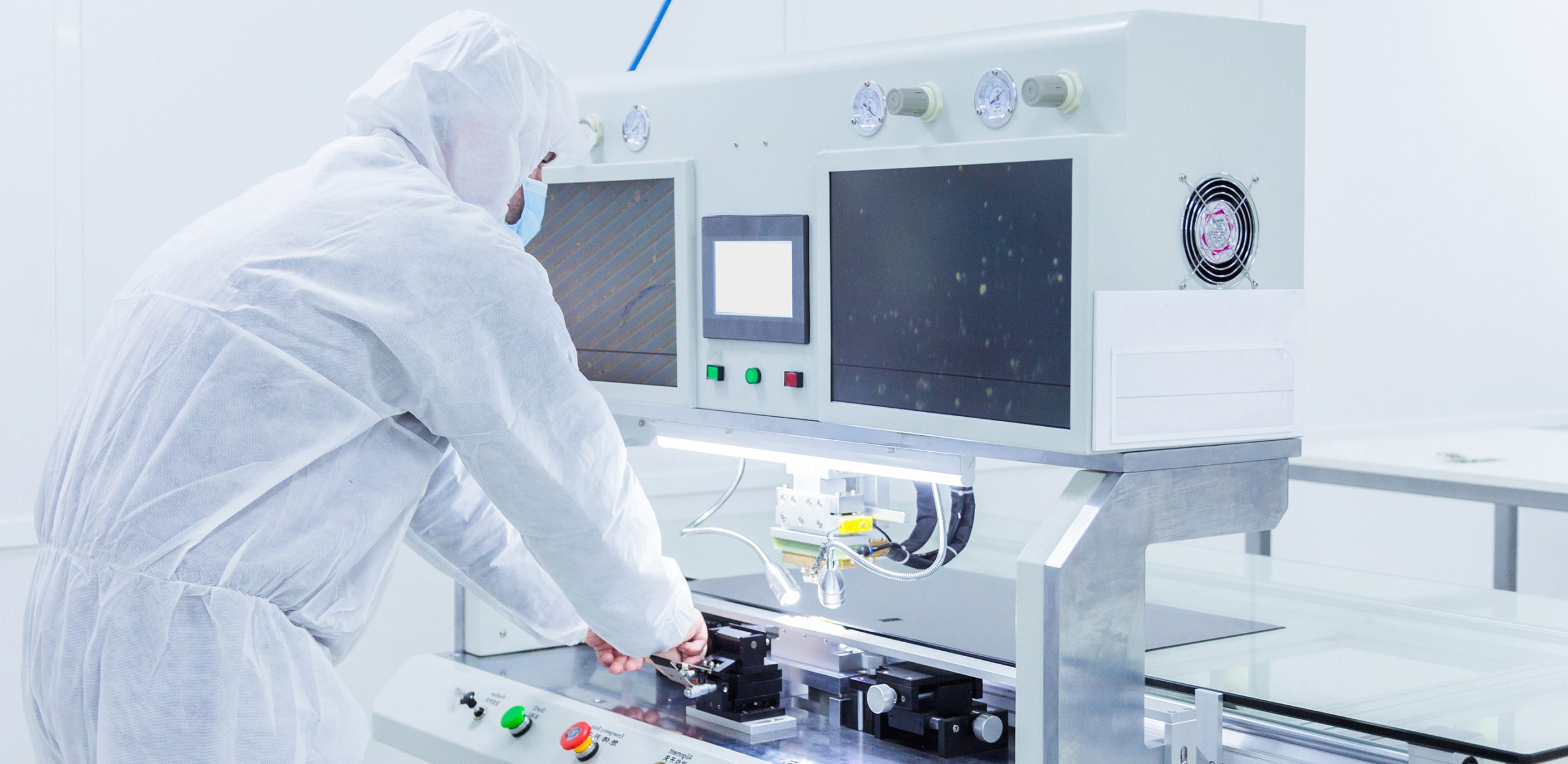In the world of luxury hospitality, guests are not only looking for comfort but also security. Air quality becomes a key element in creating an exclusive, healthy environment that raises the hotel’s reputation to a new level. POTOK technology offers a solution that combines modern air sterilization without filters and chemicals with the needs of premium facilities.
Why is air important in 5-star hotels?
High expectations of guests in terms of cleanliness and comfort
Luxury hotel guests pay a premium price and expect impeccable cleanliness – not only visually, but also on a microbiological level. Sterile, fresh air contributes to the feeling of luxury and attention to detail.
Health security as part of a luxury experience
In the post-pandemic world, health has become a luxury value. Guests want to know that the space they are staying in is truly safe – and without compromising on aesthetics or comfort.
The influence of air on general satisfaction with the stay and hotel ratings
Studies show that air quality affects sleep, productivity and overall mood. Better air means more positive reviews and a higher likelihood of returning guests.
How does POTOK technology work in hotels?
Safe real-time air decontamination
POTOK uses technology based on principles of aero-microbiology from space programs. Air is sterilized in real time, without waiting or downtime.
Technology without filters and chemicals, without additional maintenance
Unlike HEPA filters and UV systems, POTOK does not require the replacement of consumable parts or the use of chemicals. This means lower costs and less worry for the technical team.
Quiet operation, adaptable to interior and HVAC systems
The devices are designed for quiet operation and easy fitting into existing ventilation systems, without the need for additional construction work.
Benefits for guests and staff
Reduction of allergens, viruses, bacteria in rooms and common areas
With the POTOK system, the air in rooms, conference rooms and wellness areas becomes safe from pathogens, which is crucial for protecting the health of all users.
Improved quality of sleep and stay
Clean and sterile air has a positive effect on breathing and sleep quality, making staying at the hotel a truly rejuvenating experience for every guest.
Fewer staff sick days and increased productivity
A healthier working environment contributes to the reduction of staff absences due to illness, which directly affects the continuity of service and the quality of hospitality.
Key zones for the application of the POTOK system
• Luxury rooms and apartments
• Spa and wellness centers
• Restaurants and conference rooms
• Lobby and reception
• Staff rooms and kitchens
Ecological approach: Sustainable luxury
Technology without chemicals, filters and consumables
The POTOK system uses clean technology that does not produce secondary waste. No filters, no chemicals, no unnecessary waste – in line with the ecological values of modern hotels.
Saving energy and reducing CO₂ emissions
Efficient energy consumption and the elimination of the need for additional appliances reduce the carbon footprint, helping hotels meet ESG goals.
It meets the standards of sustainability in the hotel industry
POTOK complies with LEED, BREEAM and similar standards, facilitating integration into sustainable business strategies.
Examples of implementation: Premium hotels in Europe and the world
Case study: Hotels in Switzerland and Germany
A number of luxury hotels in the Alpine region are already using POTOK to improve health safety without compromising on aesthetics. Feedback indicates increased guest and staff satisfaction.
Reactions of guests and management
Guests notice a subjective feeling of freshness, while management emphasizes the simplicity of integration and the reduction of operating costs.
Impact on hotel brand and online reputation
Hotels with POTOK systems are seeing an increase in ratings on platforms such as Booking.com and TripAdvisor, thanks to the increased sense of security and cleanliness that guests highlight in their reviews.
Health security as a marketing asset
• Higher rating on platforms
• Innovative differentiation
• Guest loyalty
Simple integration without disturbing the aesthetics
Discreet device design
The minimalist appearance of the POTOK device fits into any luxurious interior.
Easy fitting into existing systems and interiors
No major works or reconstructions – POTOK connects directly to HVAC systems or functions as an independent unit.
No construction work or downtime
The installation is quick, quiet and does not require the closing of rooms, restaurants or spa areas.
Why do guests choose hotels with POTOK technology?
• Subjective feeling of freshness and safety
• Especially important for guests with health problems, families and business travelers
Long-term benefits for hoteliers
• More satisfied guests and repeat bookings
• Lower maintenance costs
• Better health conditions for all users of the space
Conclusion
Luxury today does not mean just a beautiful facade, but a deep concern for health, safety and sustainability. POTOK technology sets new standards in the hotel industry – combining innovation, hygiene and aesthetics into one flawless experience for guests and staff.
Improve the quality of stay and build a brand that instills trust in guests. Contact us and find out how POTOK can become part of your hotel standard.
Frequently asked questions (FAQ)
1. How long does it take to install the POTOK system in a luxury hotel?
The installation can be completed in one day without interrupting the operation of the hotel.
2. Does POTOK affect electricity consumption?
POTOK is more energy efficient than standard solutions and has no consumables.
3. Is there a visible difference in the air that guests can feel?
Yes. Guests often report a feeling of freshness, ease of breathing and a more pleasant stay.
4. How does POTOK contribute to positioning the hotel as a leader in innovation and sustainability?
The hotel positions itself as a technologically advanced and environmentally responsible brand.










